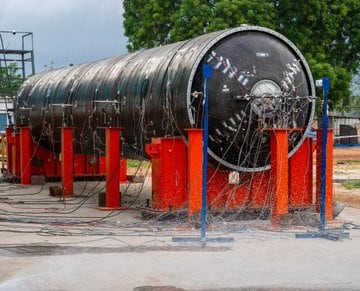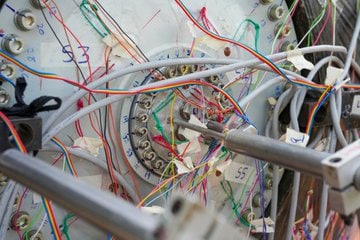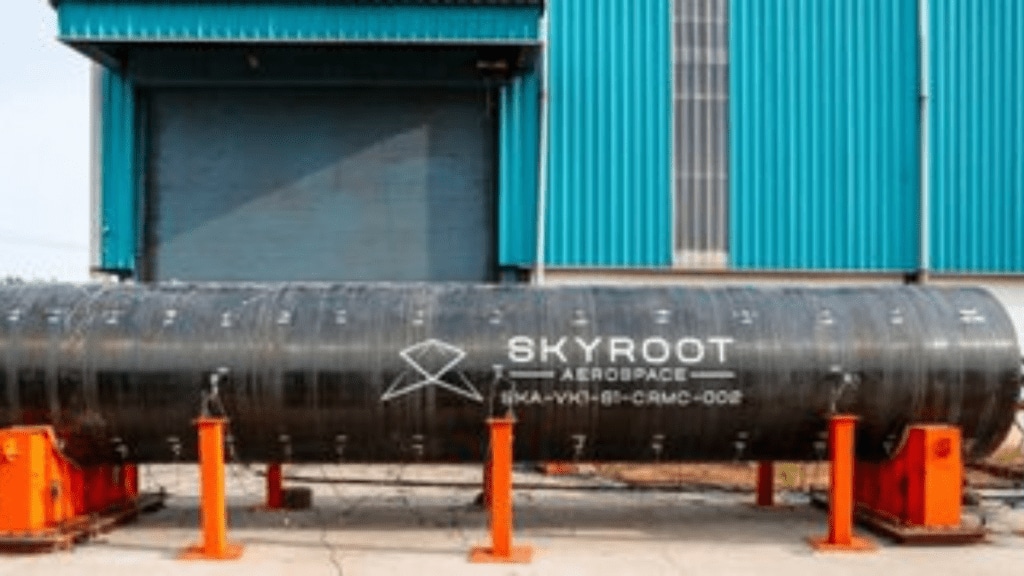India’s major space company Skyroot Aerospace, recently achieved a major milestone when they successfully completed the proof pressure test of the new Vikram-1’s Stage-1 hardware that will soon fly on its maiden flight.
This 10-meter-long stage, named Kalam-1200, crafted with high-strength carbon fibre, will boost Vikram-1 from lift-off to above the denser atmosphere, delivering a peak thrust of 1200 kN.

Explainer: What is so special about this?
In conversation with FinancialExpress.com, Pawan Chandana, one of the founders of Skyroot Aerospace said: “This is an important milestone towards our launch this year as this hardware is of the first stage of Vikram-1 orbital rocket which constitutes more than 70 percent of the vehicle. Pressure test is done to test the hardware to the extreme combustion pressure it could experience in flight, and hence it is an important milestone for launch.
This hardware will then be filled with propellant and attached with a nozzle and other systems before taking off from the launch pad. This stage was built using high strength carbon composite which is light weight and has more strength than the traditionally used metals like steel and aluminium.
Carbon fibre is used to build this – how is that better than steel?
“Carbon fibre composites have more strength than the highest strength steel alloys and is five times lighter,” Chandana said.

Does this achievement make Skyroot Aerospace the first space startup in the world? Which are the other countries which have this technology?
We are not the first space startup to use carbon composites but one of the first few globally. There are few other companies based in the US and Italy who use it.
When is the maiden flight scheduled?
We are targeting the flight within 4-6 months from now.
Background
Earlier this year in March the company had conducted a crucial test of Stage-2 for its Vikram-1 rocket. on March 27, 2024. It signified the first private company in India gearing up to send a rocket into space. FinancialExpress.com has reported previously that the company had previously achieved a milestone with the launch of a smaller rocket, the Vikram-S.


